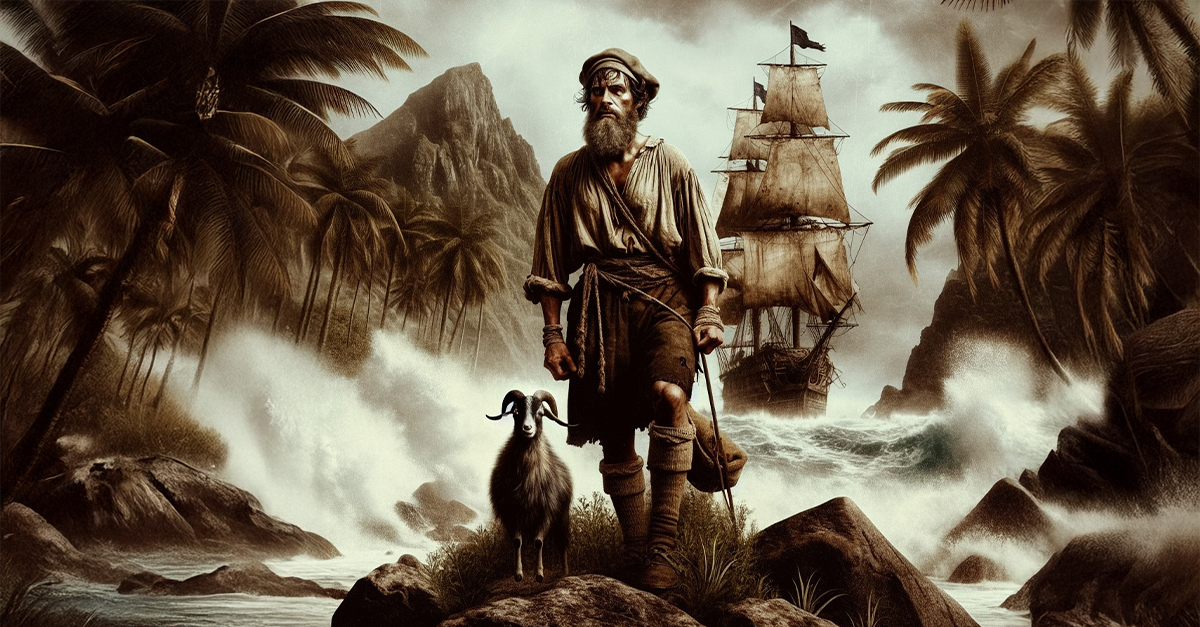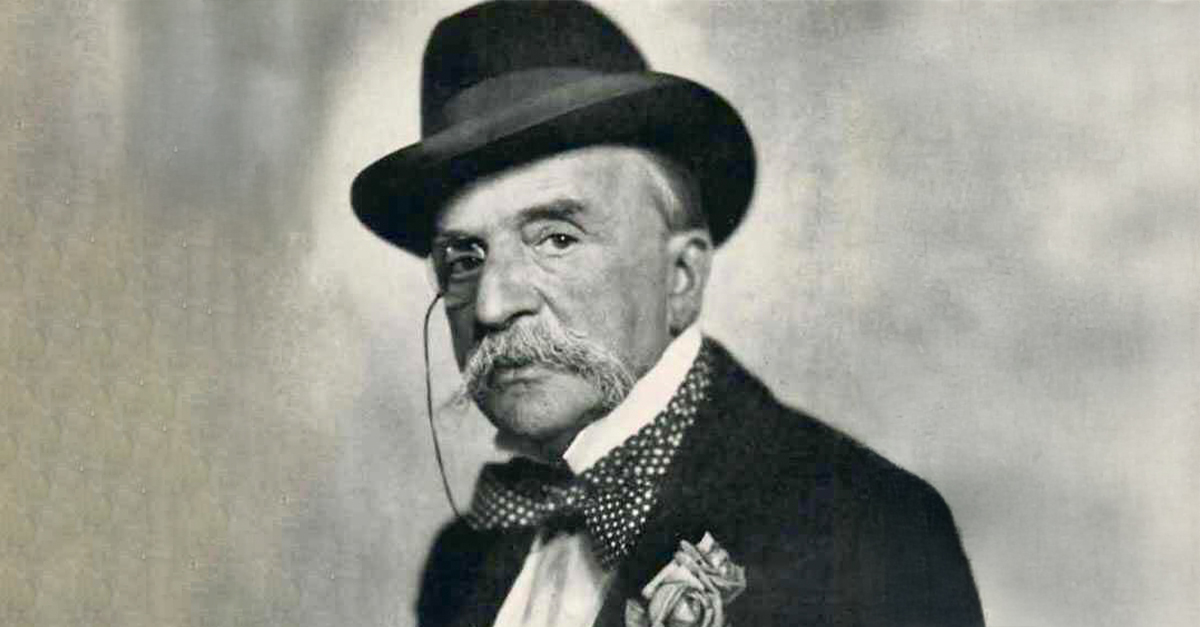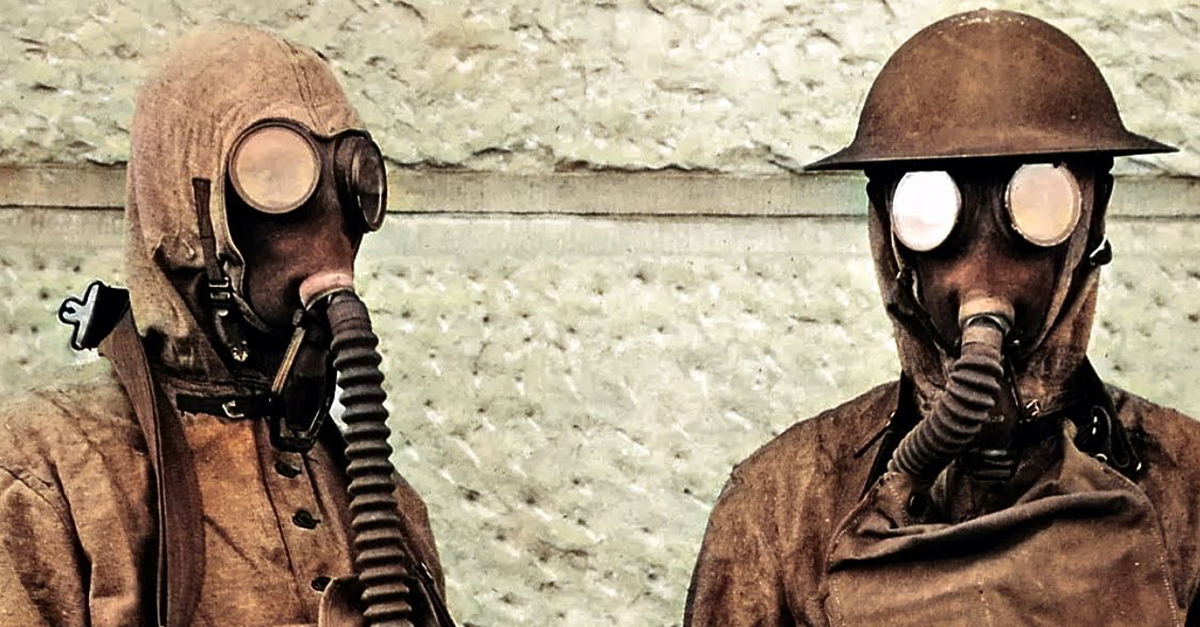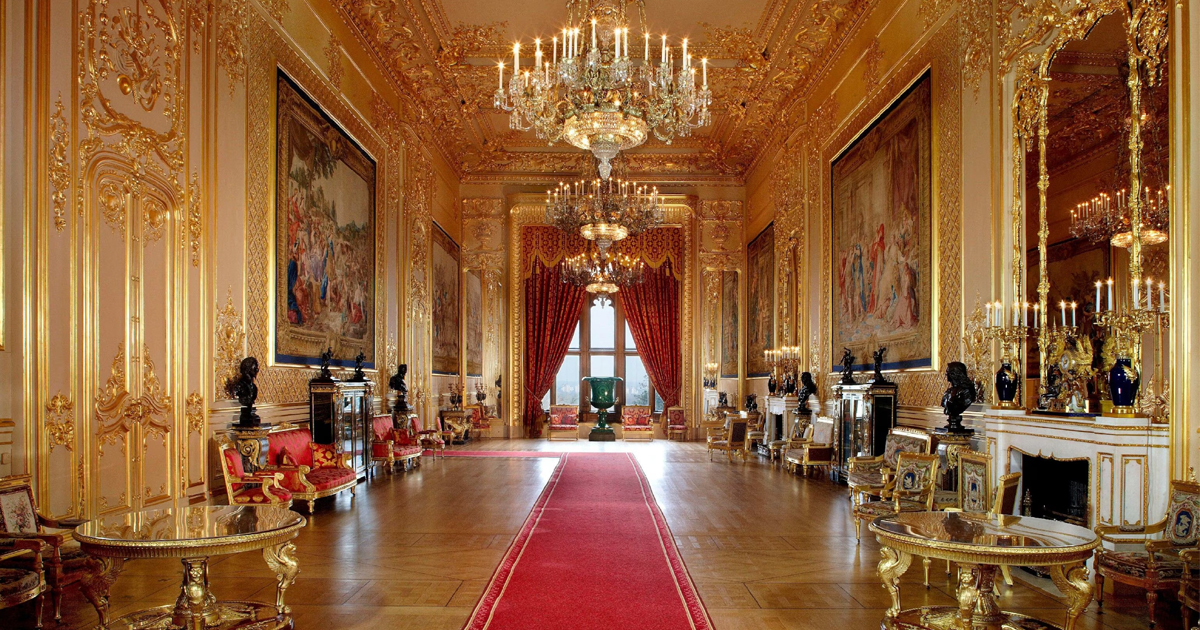Years before Robinson Crusoe (1719) became a bestseller, a real Scottish sailor lived a tale of isolation, survival, and self-reliance that rivaled any fiction. Alexander Selkirk’s story of being marooned on an island inspired Daniel Defoe’s famous book, and is one of the greatest survival stories in maritime history.
A Terrifying Voyage With Dampier’s Expedition
In 1703, Alexander Selkirk embarked aboard the Cinque Ports, a privateering ship in an expedition led by English buccaneer William Dampier. It was a rough voyage; the crew and the seaworthiness of the ship were both highly suspect. When they reached the Juan Fernández Islands off the coast of Chile in 1704, Selkirk had had enough: he demanded that Dampier let him off on an island rather than continue on what he was sure was a doomed ship.
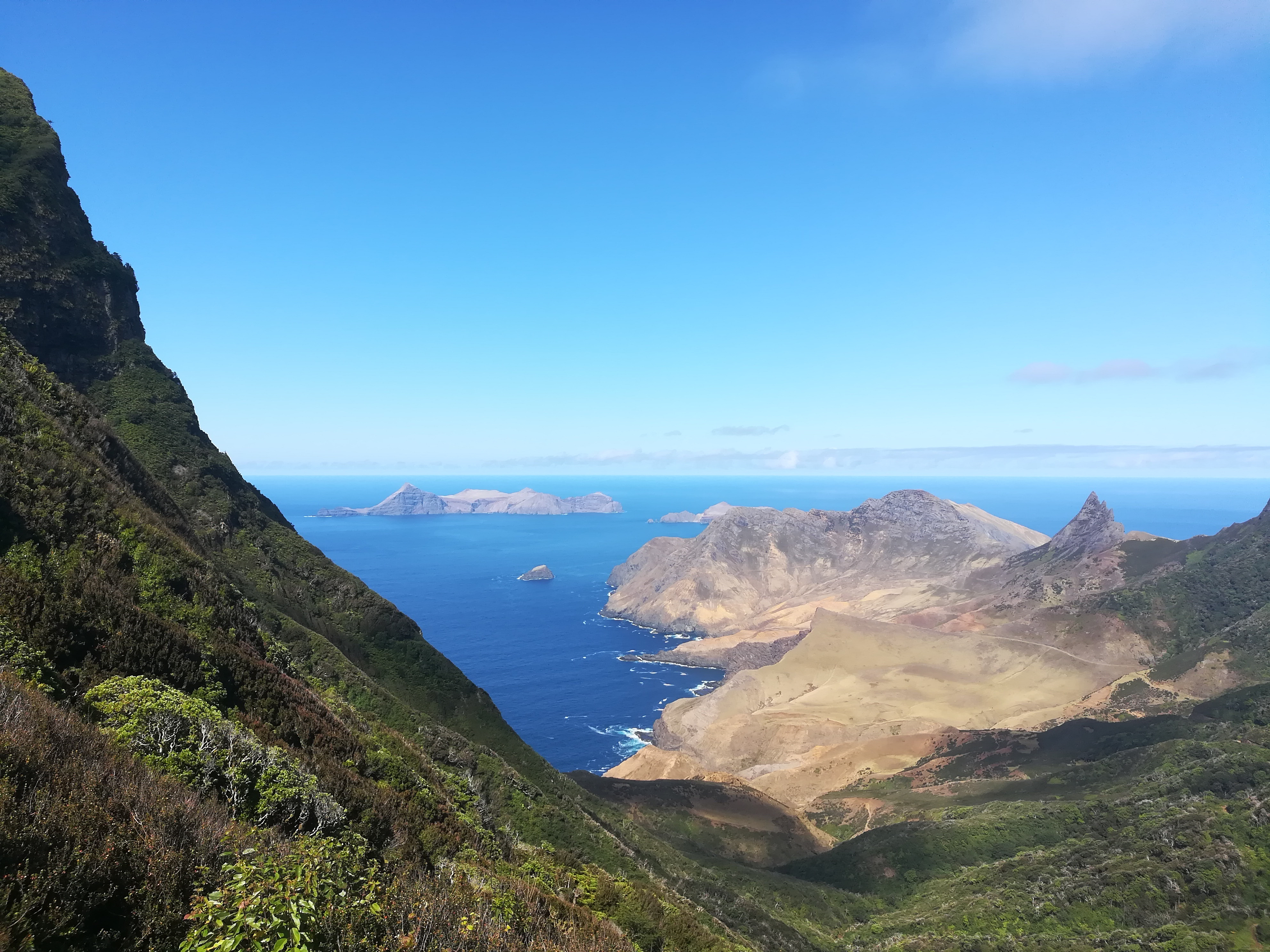 Jpmorenosanchez, Wikimedia Commons
Jpmorenosanchez, Wikimedia Commons
Self-Imposed Isolation On A Desert Island
Selkirk’s intuition turned out to be right; the Cinque Ports later sank. Meanwhile, he was now on his own on Más a Tierra, the largest of the Juan Fernández Islands, with little in the way of supplies. He had a few goats, rats, and feral cats. At first, Selkirk was tormented by regret and loneliness, but he soon adapted to his situation. He built a house out of the local vegetation, hunted goats for food and clothing, and found comfort in the pages of the Bible.
Years Of Solitary Survival
Selkirk spent more than four years (1,460 days) alone on the island. He developed incredible survival skills, even domesticating cats to protect his food stores from rats. His health greatly improved during this time, thanks to a natural diet and no alcohol. When he was finally rescued in 1709 by British privateer Woodes Rogers, the bearded, suntanned Selkirk was in excellent physical shape.
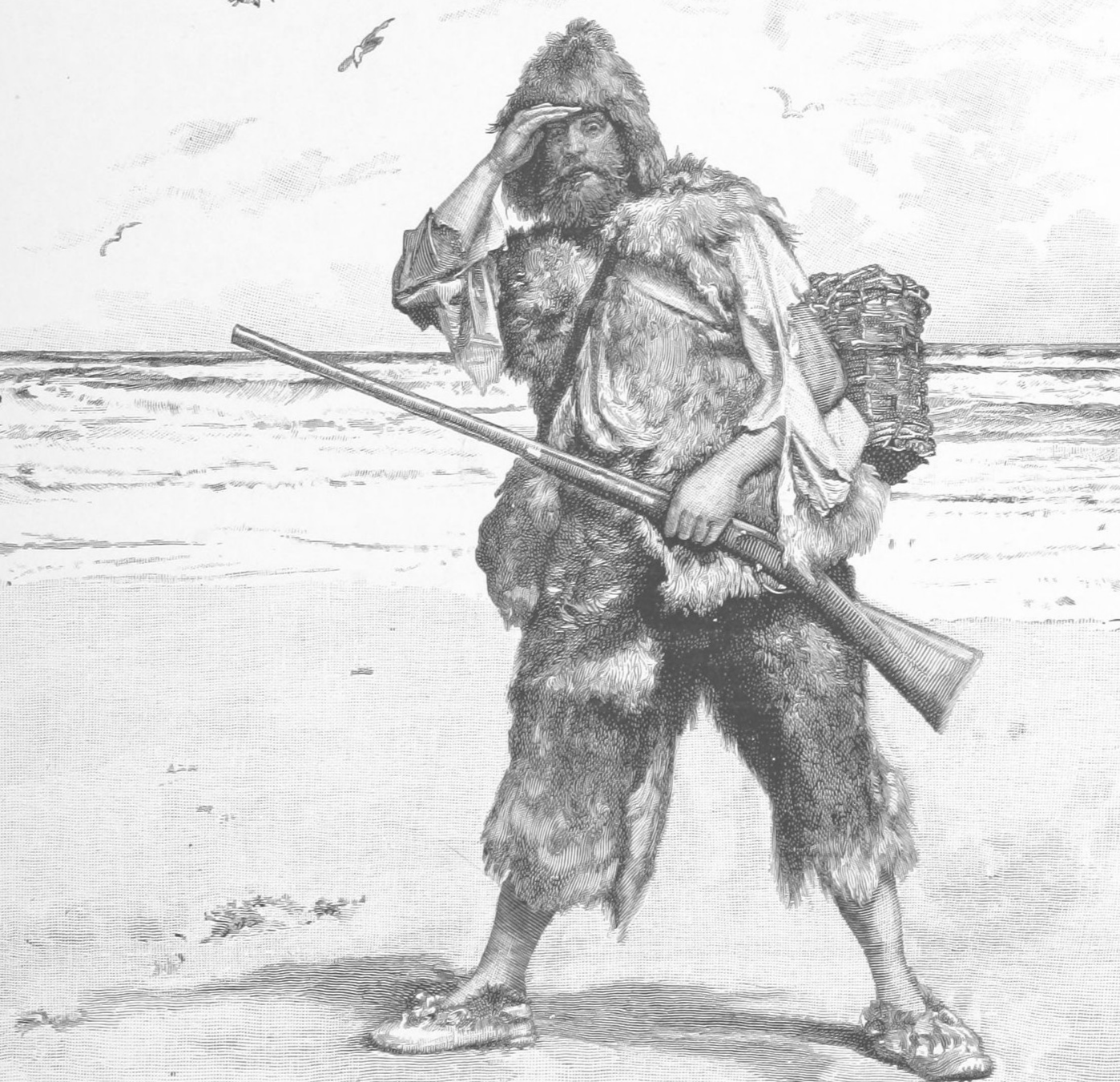 Walter Paget, Wikimedia Commons
Walter Paget, Wikimedia Commons
From Survival Story To Literary Legend
Selkirk’s tale became a public sensation when Rogers included it in his published journal, A Cruising Voyage Round the World (1712). In an age fascinated by exploration, the drama of his solitude and resilience drew people in like moths to a flame. One reader was absolutely transfixed by the story. This was Daniel Defoe, who drew heavily from Selkirk’s saga when he wrote Robinson Crusoe, published in 1719.
Defoe Made Some Changes To The Story
Defoe was inspired by Selkirk, but he changed some key details. Crusoe was shipwrecked, not marooned by choice. Defoe set the story in the warm Caribbean instead of the South Pacific. He introduced the character of Friday, adding a colonial element that was never part of Selkirk’s tale. Defoe included themes of religious introspection, capitalism, and imperialism, turning Crusoe’s survival into an inspiring story of individualism and personal redemption.
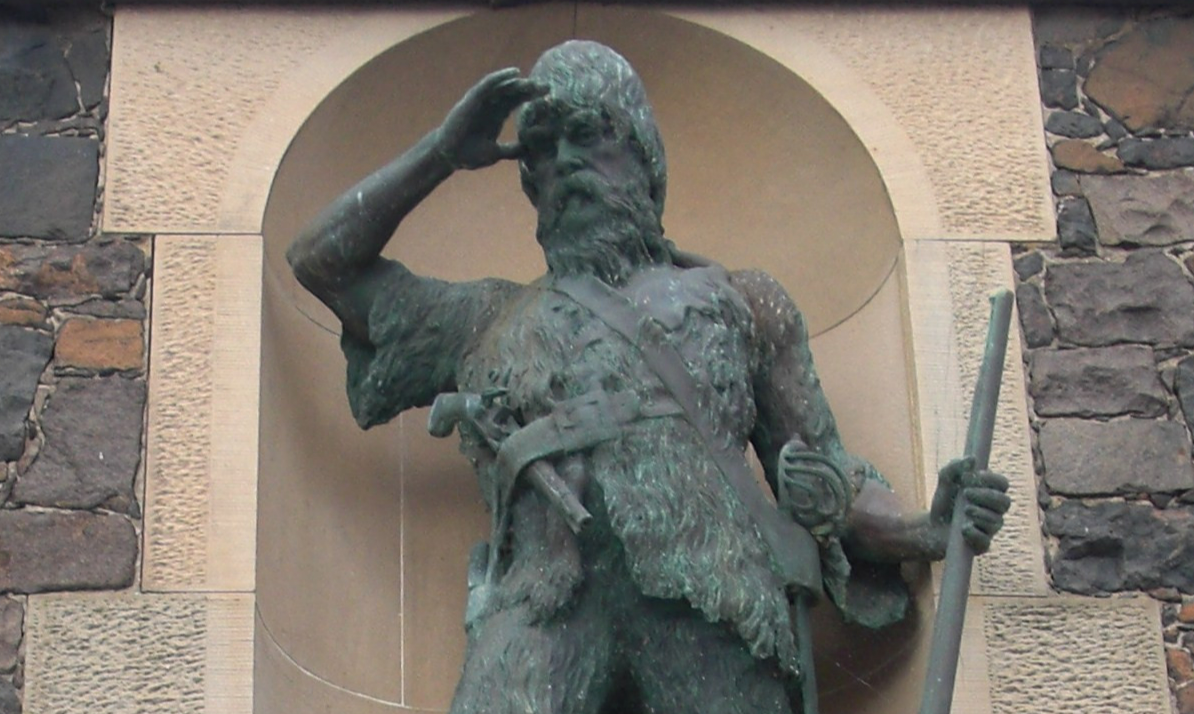 SylviaStanley, Wikimedia Commons
SylviaStanley, Wikimedia Commons
Selkirk May Have Been Better Off On His Island
After his return home to Britain, Selkirk struggled to adjust to his former country. He briefly joined the navy again but soon found that he missed the peace and quiet of his old island hideaway. He’d become something of a public curiosity. He died in 1721 of yellow fever while serving off the coast of Africa. His story lives on in history books, and now in geography: his island was renamed Robinson Crusoe Island by the Chilean government in 1966.
Fact, Fiction, And Cultural Memory
Selkirk’s story is a great example of the mix between fact and fiction. While Robinson Crusoe is fiction, its themes of endurance and self-reliance have a firm foundation in Selkirk’s adventure. His later life shows that we never know what fate has in store for us, and that our lives rarely end in storybook fashion.
You May Also Like:
The Island Of The Dolls Has A Terrifying History
Forget Columbus—This Man Was The First European To Reach North America

